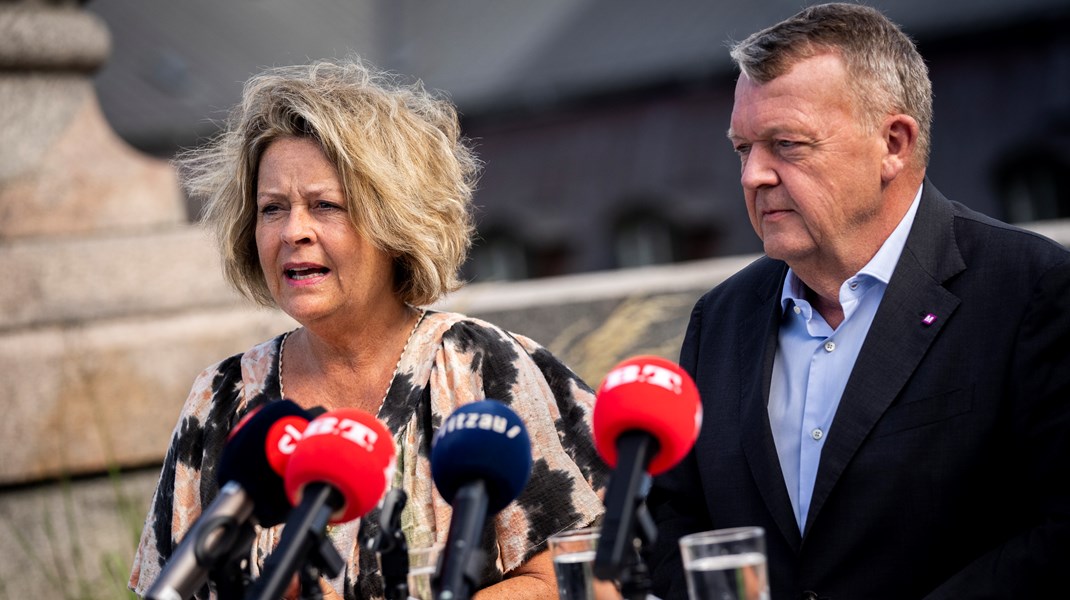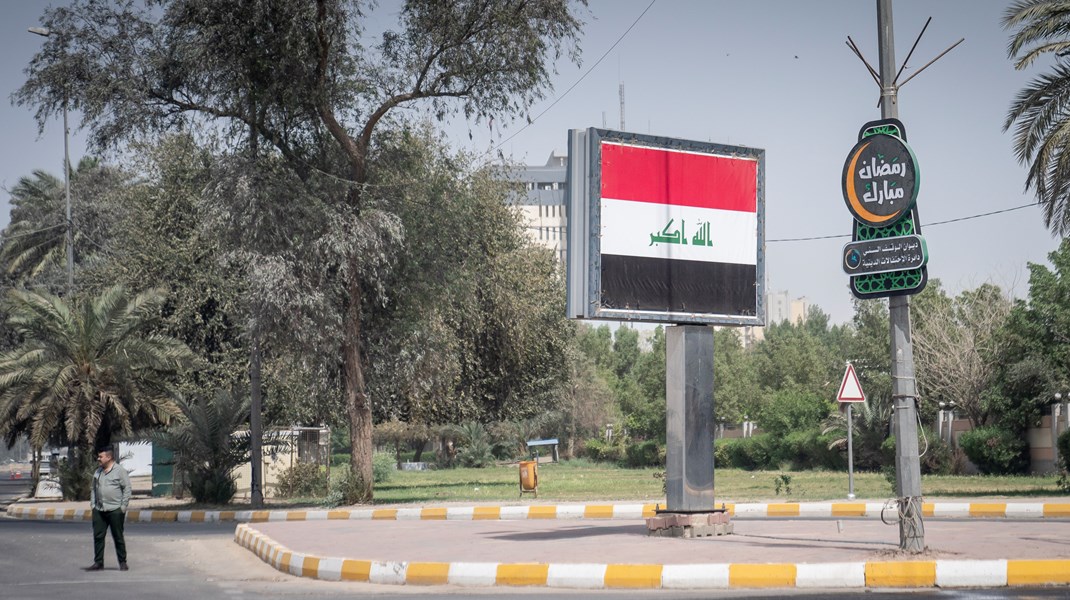IFRC launches emergency appeal to assist people affected by Typhoon Haima
This Emergency Appeal is being issued on preliminary basis and seeks 2,994,770 Swiss francs to enable the International Federation of Red Cross and Red Crescent Societies (IFRC) to support Philippine Red Cross (PRC) in delivering assistance and support to 20,000 people affected by Typhoon Haima over 10 months. The operation will focus on the following sectors: health; water, sanitation and hygiene; food, nutrition, and livelihoods; shelter; disaster risk reduction and National Society capacity building. The Appeal budget also includes 111,452 Swiss francs to support the IFRC’s role as convenor of the inter-agency shelter cluster. The Appeal will be revised in the coming weeks to further align interventions with new and more detailed assessments. Details will be available in the Emergency Plan of Action (EPoA) to be linked.
The operational strategy
While there has not been a formal request for international assistance from the Government of Philippines, members of the Humanitarian Country Team (HCT), along with local humanitarian partners, are responding to bilateral requests from national and local levels, mainly using in-country resources. As a leading humanitarian actor, and in pursuit of its mandate outlined in Republic Act No. 10072 [Philippine Red Cross Act of 2009], the PRC is mounting an operation to deliver humanitarian assistance to people affected by Typhoon Haima. This Emergency Appeal is being launched to enable the IFRC and member National Societies to support PRC in its response.
The Emergency Plan of Action is being developed jointly by PRC and IFRC, with the International Committee of the Red Cross (ICRC) and Partner National Societies (PNSs) with in-country presence fully updated about the interventions and their rationale. The plan will be adjusted in the coming weeks based on recommendations of ongoing assessments.
The relief phase will focus on providing essential household items, emergency shelter assistance, and multi-purpose cash grants to affected communities as well as psychosocial support and the prevention of water and vector-borne diseases. In the early recovery phase, PRC will accompany affected vulnerable households to repair their damaged homes, support livelihoods recovery and rehabilitation of water and sanitation facilities in communities and schools.
Needs assessments
The intensity of the typhoon raised concerns that it would have a massive humanitarian impact and the authorities evacuated more than 18,100 families (approximately 90,600 people) pre-emptively to get them out of harm’s way. So far, there have been seven confirmed deaths, with the National Disaster Risk Reduction and Management Council (NDRRMC) reporting that at least 2,600 families (around 10,999 people) remain in evacuation centres. There is a need to provide essential services to displaced people, including psychosocial support and restoring family links.
There is also a need for sleeping materials, water storage containers and hygiene items. Furthermore, since it has been observed that markets are functioning in areas reached by PRC teams, provision of cash grants will enable affected people to obtain the items they need, especially as their income sources have been disrupted.
It is still early to quantify the extent of damage caused on shelter and livelihoods by Haima as reports from isolated areas will only be received in the coming two days. However, initial reports from PRC chapters and assessment teams across the affected areas indicate that thousands of families have been left without a roof over their heads while some schools – which are used as evacuation centres – are exposed after typhoon strong winds blew roofing sheets away.
Water and sanitation facilities were also damaged and will need to be rehabilitated. Livelihoods have also been significantly impacted as crops have been flooded or damaged by typhoon winds, including rice crop that have been lost just a few weeks before harvest.
Typhoon Haima is the third major weather disturbance to affect North Luzon within a span of weeks. The collective impact of the three typhoons has left significant humanitarian needs. It is projected that up to five more typhoons may affect Philippines before year-end. This situation calls for urgent action to ensure that affected vulnerable populations are accompanied to get back on their feet and have a roof over their head the soonest.
Beneficiary selection
PRC will ensure that interventions are aligned with its own as well as the IFRC minimum standard commitments to gender and diversity in emergency programming, for example by targeting women-headed households, pregnant or lactating women, men and boys made vulnerable by the disaster, families that have not received any or sufficient assistance from the government or other organizations, those belonging to the socially vulnerable households, and those who lack relevant resources to cope with basic humanitarian needs on their own. These groups will be considered according to level of impact.
Coordination and partnerships
The PRC works with the IFRC and ICRC as well as American, Australian, British, Canadian, Finnish, German, Japanese, The Netherlands, Norwegian, Spanish, Swiss and Qatar Red Cross and Red Crescent Societies in-country.
All these partners are coordinating with PRC on how and where they can provide support.
In addition to IFRC which has provided financial support via a DREF allocation of 48,659 Swiss francs, ICRC has indicated that it could cover some PRC mobilization costs if required. Three personnel of IFRC are embedded to two of the teams that were deployed closer to the affected areas prior to the typhoon’s landfall while additional personnel in Manila are supporting the National Society in operational planning, logistics planning and coordination. ICRC and PNSs also have technical specialists who can be made available to support the PRC response if required.
Thus far, three meetings of all Movement partners have been held, including one on 21 October. In the latest meeting, PRC invited all the partners to participate in a teleconference held to update the wider Movement counterparts – especially those without presence in the Philippines – about the situation, needs, action and plans with regard to Typhoon Haima. During the teleconference, the leadership of PRC reiterated the approach of having a ‘One Movement Plan’ so as to reach more together.
In addition to coordinating with Movement partners, PRC has assigned dedicated personnel to represent the National Society in NDRRMC meetings. IFRC and PRC participate in meetings of the HCT. Furthermore, IFRC is supporting the Department of Social Welfare and Development (DSWD) in activities relating to the Shelter Working Group. In readiness to fulfil the IFRC role as co-convenor of the shelter cluster, a fraction of this appeal’s budget is a provision for the deployment of a shelter coordination team if a request for the same is received.
Overall objective
This operation aims to assist 20,000 people affected by Typhoon Haima in North and Central Luzon with appropriate immediate and medium-term assistance in a timely, effective, and efficient manner, as well as accompany them to recover from the impact of the typhoon and increase their resilience to future shocks.


